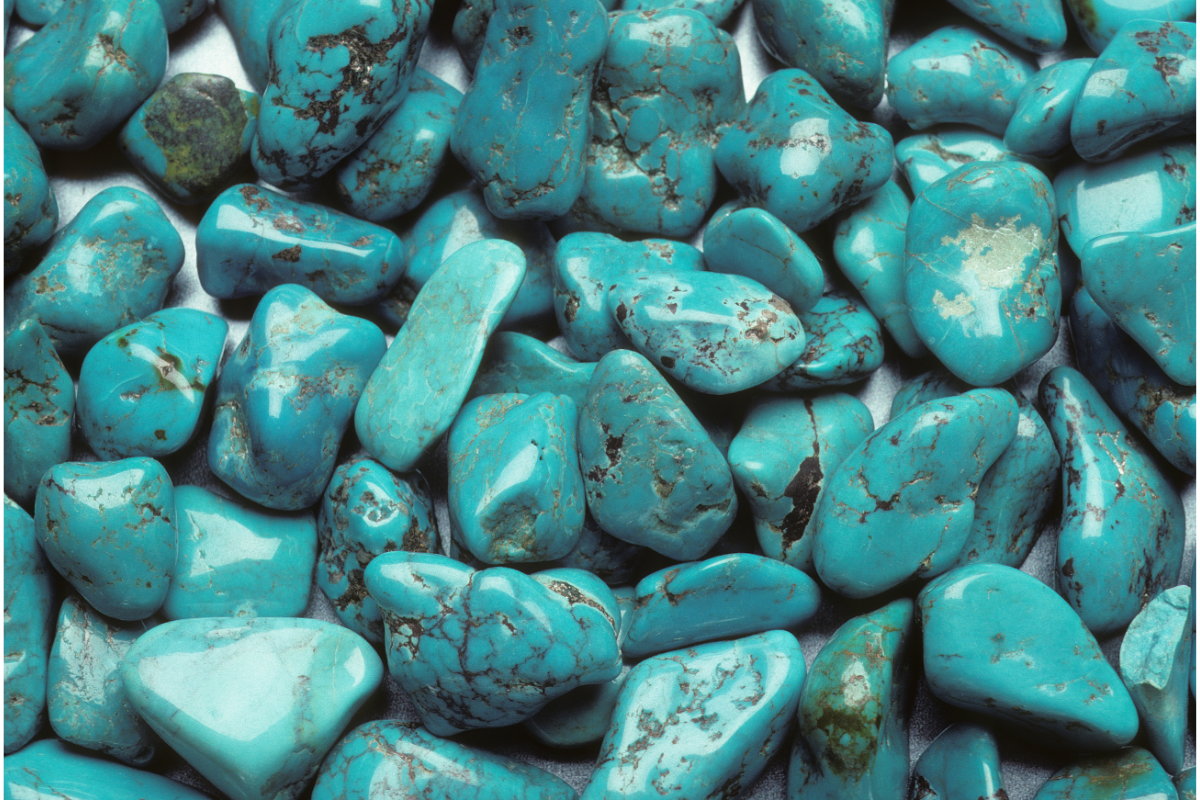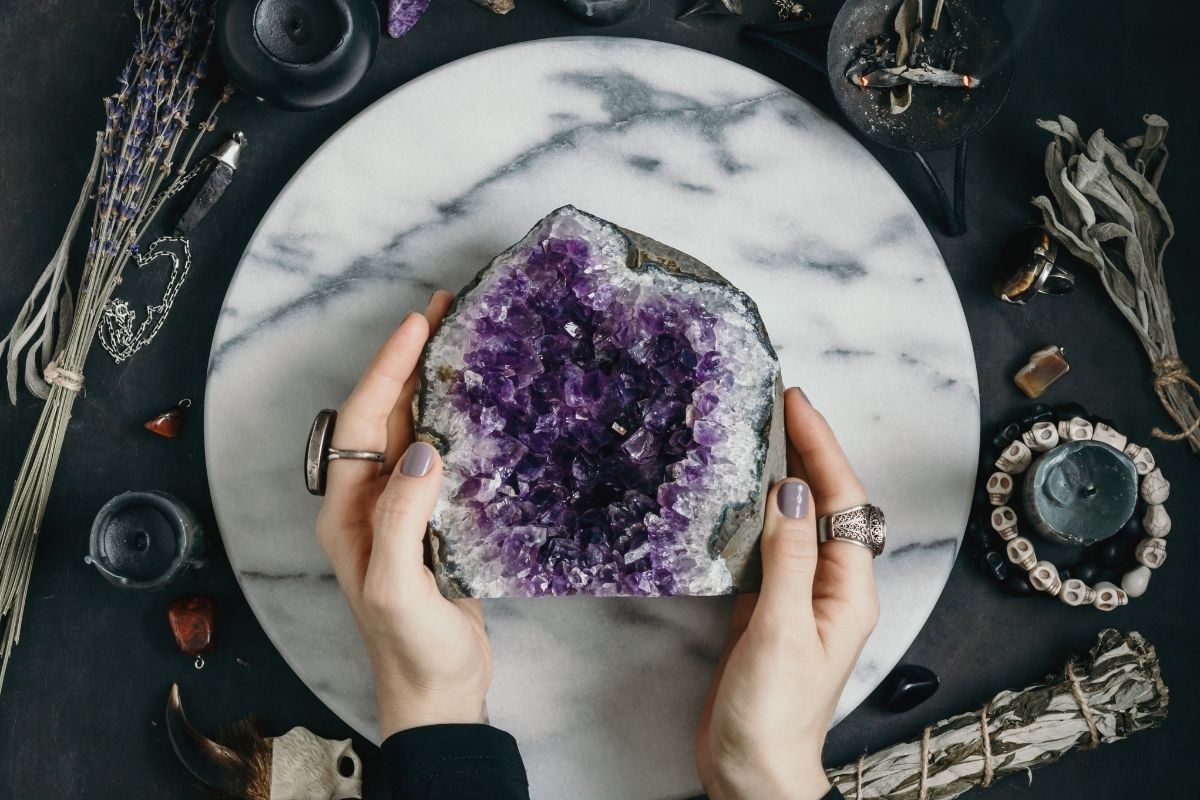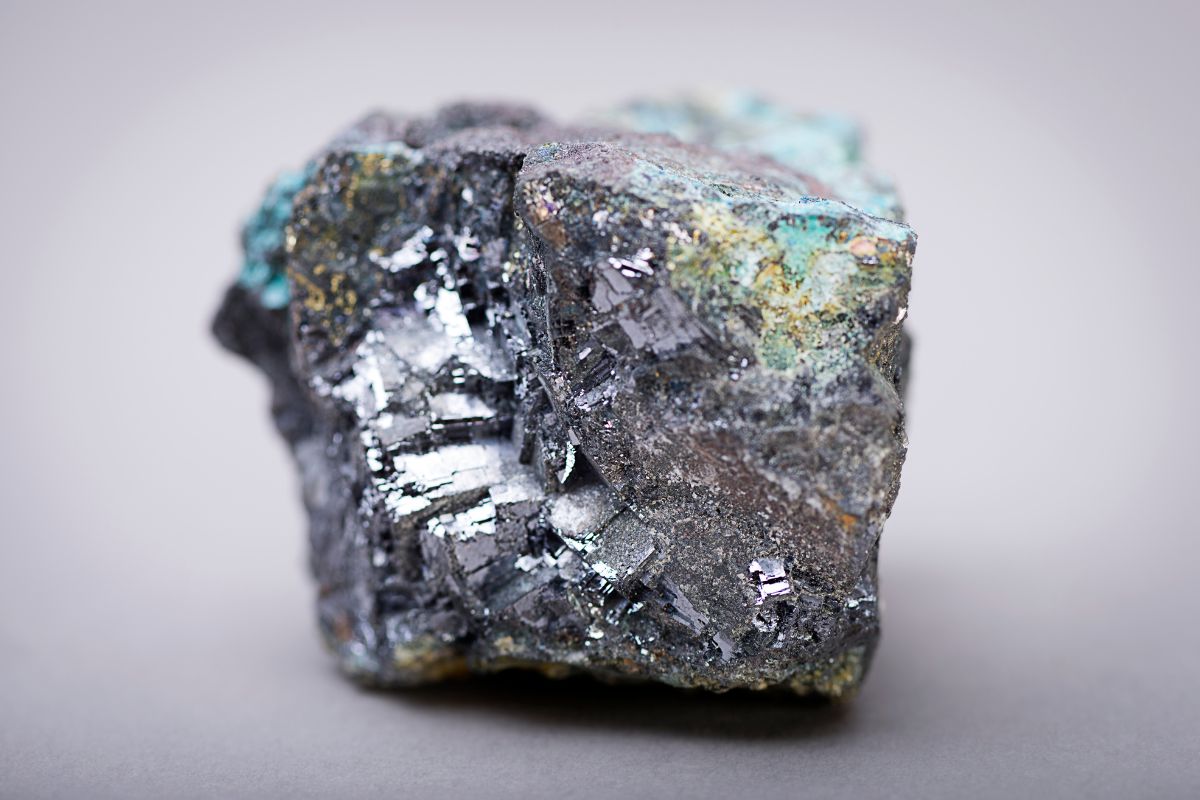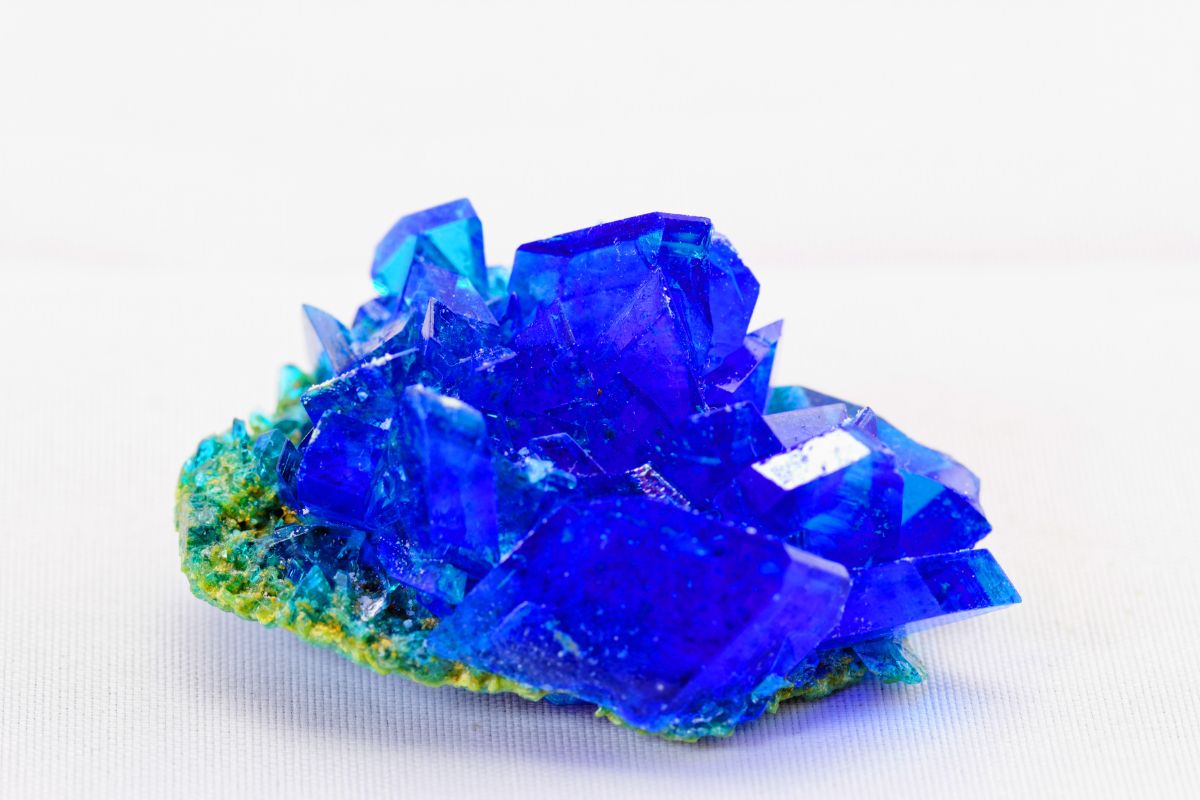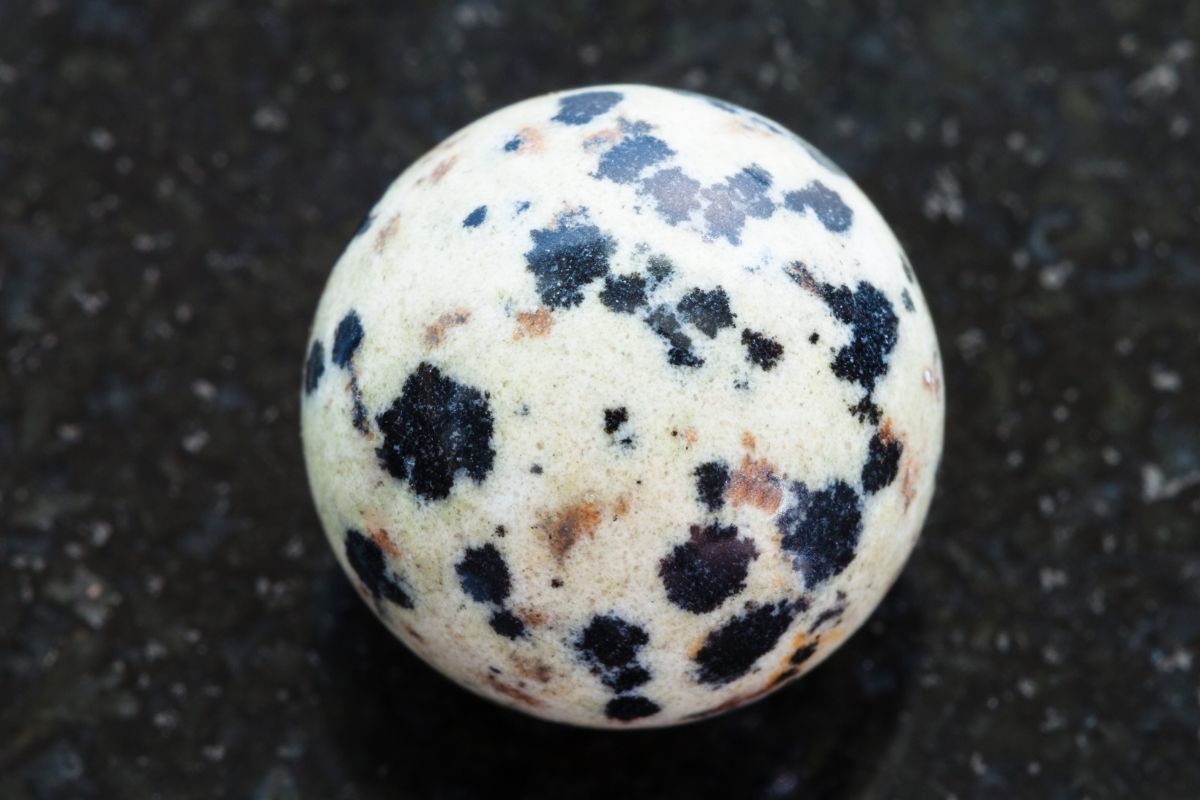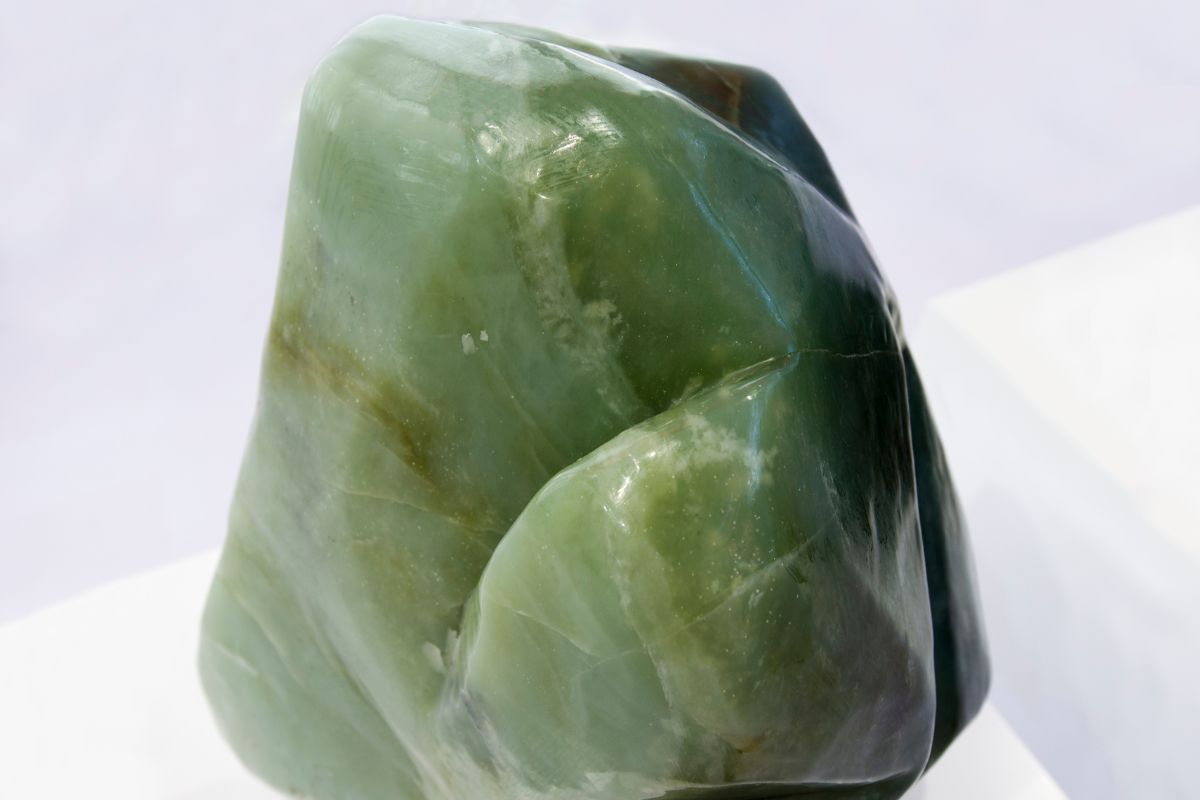Lapis Lazuli is a deep blue gemstone that has been used for centuries in jewelry, decorative objects, and even for medicinal purposes. It has a rich history and has been treasured by many cultures around the world, especially for its spiritual uses.
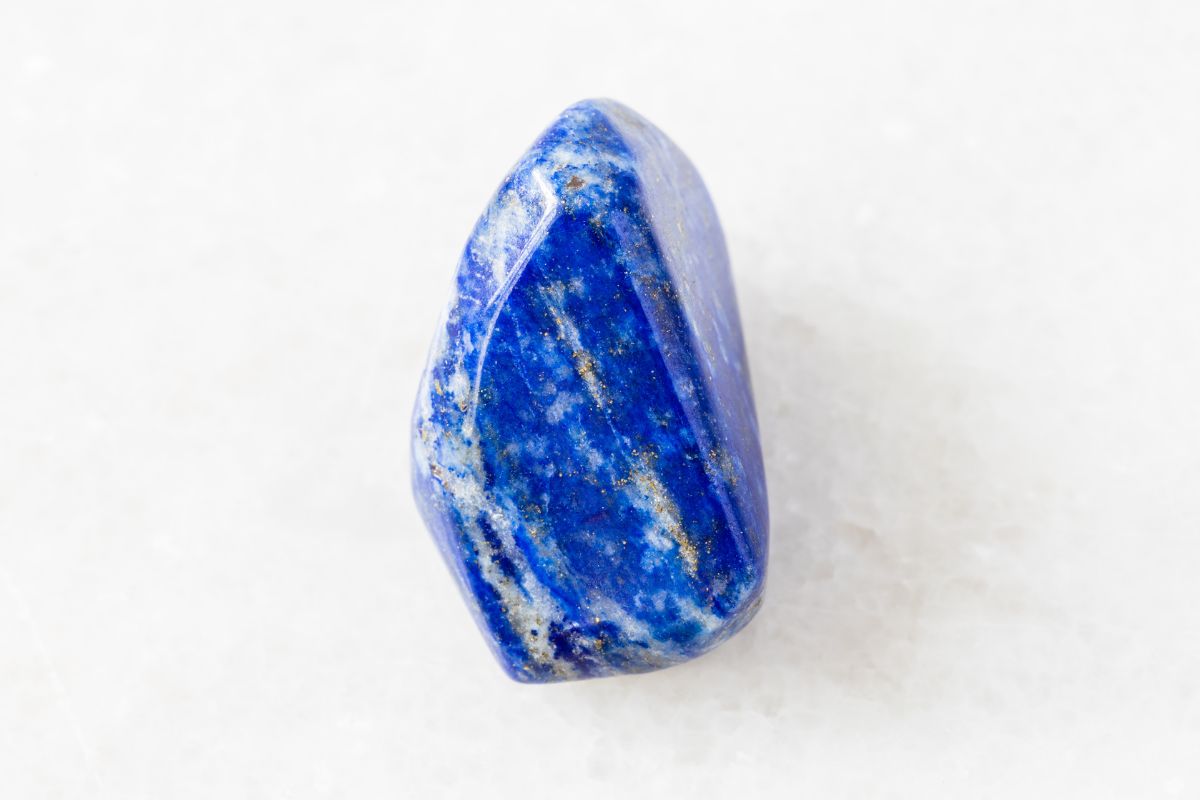
However, with its popularity, it has become common to find fake versions of Lapis Lazuli, which can be hard to distinguish from the real thing.
So let’s say you’re struggling to identify whether the Lapis Lazuli you have is authentic. Is there a quick way you can find out?
In this article, we will give an overview of Lapis Lazuli, how to tell if it is real, and explore a little more about this wonderful stone and why it is favored by many people interested in spiritual practices.
Lapis Lazuli: An Overview
Lapis Lazuli is a metamorphic rock that is composed of several minerals, including lazurite, pyrite, calcite, and sodalite. It is a deep blue color with flecks of gold and white, and has been highly prized for its beauty and rarity for thousands of years.
Lapis Lazuli is found in several locations around the world, including (most commonly) Afghanistan, Chile, Russia, and the United States.
In ancient times, Lapis Lazuli was highly valued by the Egyptians, who believed it had healing properties and used it in cosmetics, jewelry, and amulets. The ancient Greeks also prized Lapis Lazuli and used it for jewelry and decorative objects.
During the Renaissance, Lapis Lazuli was ground into a powder and used to create the vibrant blue pigment used in paintings, such as the works of Michelangelo and Leonardo da Vinci.
How To Tell If Lapis Lazuli Is Real
Because you can encounter fake versions of Lapis Lazuli, you should know that it’s important to take a look at the stone in question before you commit to a purchase.
Below are three key factors to keep in mind when considering if the Lapis Lazuli in your hand is an authentic stone.
Color
One of the most common ways to identify real Lapis Lazuli is by its color. True Lapis Lazuli has a deep blue color, often with flecks of gold or white.
However, some fake versions of Lapis Lazuli may have a lighter or brighter blue color, which can be a sign that it is not real. Additionally, if the stone is too uniform in color or lacks any flecks or patterns, it may not be real Lapis Lazuli.
Weight
Another way to identify real Lapis Lazuli is by its weight. Lapis Lazuli is a relatively heavy stone, so if it feels lightweight or hollow, it may not be real. You can also try scratching the surface of the stone with a fingernail or a metal object. Real
Lapis Lazuli is a relatively hard stone and should not scratch easily. If you are able to scratch the surface of the stone, it may be a fake.
Light Distribution
Finally, you can try shining a light through the stone. Real Lapis Lazuli is typically opaque, so if light passes through the stone easily, it may not be real. Additionally, if you see any air bubbles or other imperfections inside the stone, it may be a fake.
How Do People Create Fake Lapis Lazuli?
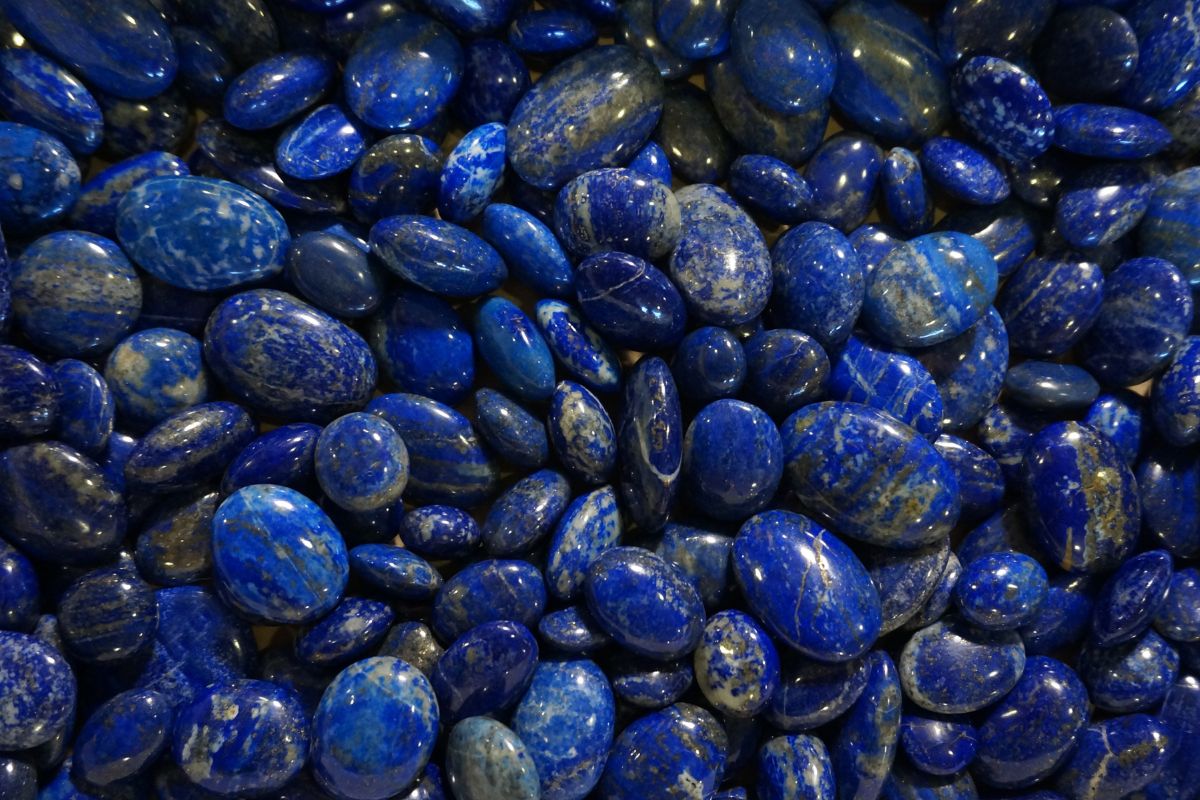
People most commonly create fake Lapis Lazuli in order to get extra value out of the ordinary stone they possess, and ultimately sell it for profit. There are a few ways people do this, so it’s important to know the main methods of creating fake Lapis Lazuli.
Dyed Minerals
Some less expensive stones can be dyed to create the appearance of Lapis Lazuli. These stones are often sold as imitation Lapis, but are sometimes sold as real Lapis Lazuli.
Synthetic Lapis Lazuli
This is a type of Lapis Lazuli created in a laboratory. By using various chemicals and dyes, people are able to create a substance that mimics the appearance of an authentic stone.
Although it will look very similar, it won’t always have the same chemical or physical properties.
Reconstituted Lapis Lazuli
Another way to fake Lapis Lazuli involves grinding down small pieces of the stone, and then mixing them with a binding agent. You’ll find these quite often sold in jewelry.
How Is Lapis Lazuli Used In Spiritual Practices?
Lapis Lazuli has been used in spiritual practices for centuries and is believed to have several healing properties.
It is often associated with both the throat and third eye chakras and is believed to help with communication, self-expression, and speaking the truth.
It is also thought to promote inner peace and clarity of thought, making it a common choice for meditation and spiritual practices.
In addition to its healing properties, Lapis Lazuli is also believed to have protective properties and is often worn as a talisman to ward off any negative energies.
It is also thought to enhance intuition and psychic abilities, making it a popular choice for those who practice divination or psychic readings.
Further reading: Can you touch lapis lazuli crystals?
Final Thoughts
So that was our short guide on how you can tell if Lapis Lazuli is authentic. We’d like to remind you to check out the three main factors that differentiate the real from the fake, and make sure to purchase Lapis Lazuli from a reputable seller.
You can do this by checking out customer reviews and/or inquiring more about the origin of the stone in question.
We hope that this article has told you everything you wanted to know about this issue, and that you’re now more confident about it. If you still have some questions about this issue, check out our FAQ section below.
Frequently Asked Question
It’s worth noting that some Lapis Lazuli stones can be dyed to enhance their color, or to make them more attractive to potential buyers.
Although this can be a great way to make a stone unique, it can affect the overall value and/or authenticity of the stone in question, so it’s important that you be careful when selecting dyed Lapis Lazuli, especially if you want to buy an authentic stone.
- 15 Crystals That Cannot Be Exposed To The Sun - January 7, 2024
- Malachite Vs Fuchsite – Benefits And Uses - January 7, 2024
- Malachite Vs. Green Jasper: Benefits And Uses - January 7, 2024




